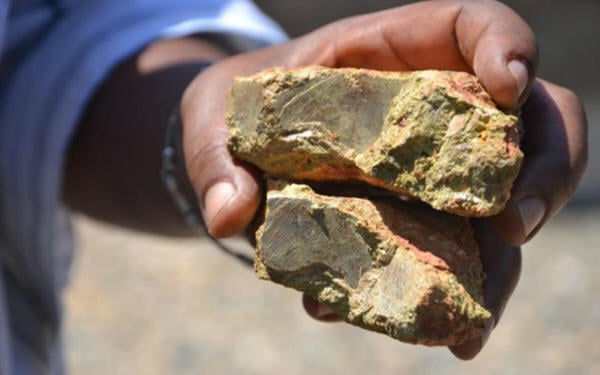Critical Metals in 2024:Rates and China’s Influence in Focus

The past 2023 has seen a lot of changes in the mining industry, including record high gold prices, a surge in mining M&A activities, a decline in the price of lithium, the metal for electric vehicle batteries, and China’s control of key strategic metals such as rare earths. What are the trends that will impact the rare earths market going into 2024, and how will global supply chain dynamics outside of China evolve?
Mining is a highly cyclical industry, so while the downward trend in strategic metal prices has continued from last year to 2024, many factors, including economic conditions, technological advances and geopolitical events, will influence the status of rare metals.
For example, large stockpiles of these metals by traders or companies active in the trading of physical commodities will result in higher metal prices, or some end-users will exit the market after completing their full stockpiles for the year, all of which can lead to significant fluctuations in metal prices.
Thus, while current trends may indicate a temporary decline in strategic metal prices, an understanding of the fundamentals and cyclical nature will reveal that periods of contraction often pave the way for subsequent phases of growth.
The rise in interest rates in North America from a near-zero interest rate environment to 5% in 2023 is directly contributing to a slowdown in demand for electric vehicles (EVs). Cost issues, coupled with significant price cuts by manufacturers such as Tesla in the last quarter are keeping consumers on the sidelines.
In addition to EVs, there are many other uses for these key metals, for example rare earths are used in military technology, agriculture and medical equipment such as MRI machines, demonstrating their importance in a number of areas.
Furthermore, despite the downward trend in strategic metals prices, driven by a significant slowdown in demand for electric vehicles, investors must also recognize the intricate challenges posed by the dynamics of global supply chains, with China in particular exerting a significant influence.
While efforts to diversify production outside of China have progressed in recent years, there are still a number of complex supply chain issues that need to be resolved, meaning that the refining and manufacturing of key metal end products is still largely centred around China. Dependence on China for rare earth metals production and related technologies remains a key factor influencing market trends. For example, graphite prices have risen as a result of export restrictions imposed by China in 2023, suggesting that even if there is a partial shift away from reliance on China, the country’s significant influence remains.
Wood Mackenzie noted in a report earlier in the year that the rare earths sector is evolving in the energy transition. Decarbonization of key sectors such as transport and increased renewable energy generation are driving demand for rare earth permanent magnets. At the same time, global supply also remains strong and diversification is on the agenda of governments around the world. Prices remain under pressure in the short term going into 2024, but market sentiment is expected to improve.
China News
Electric Cars
Federal Reserve
Lithium








